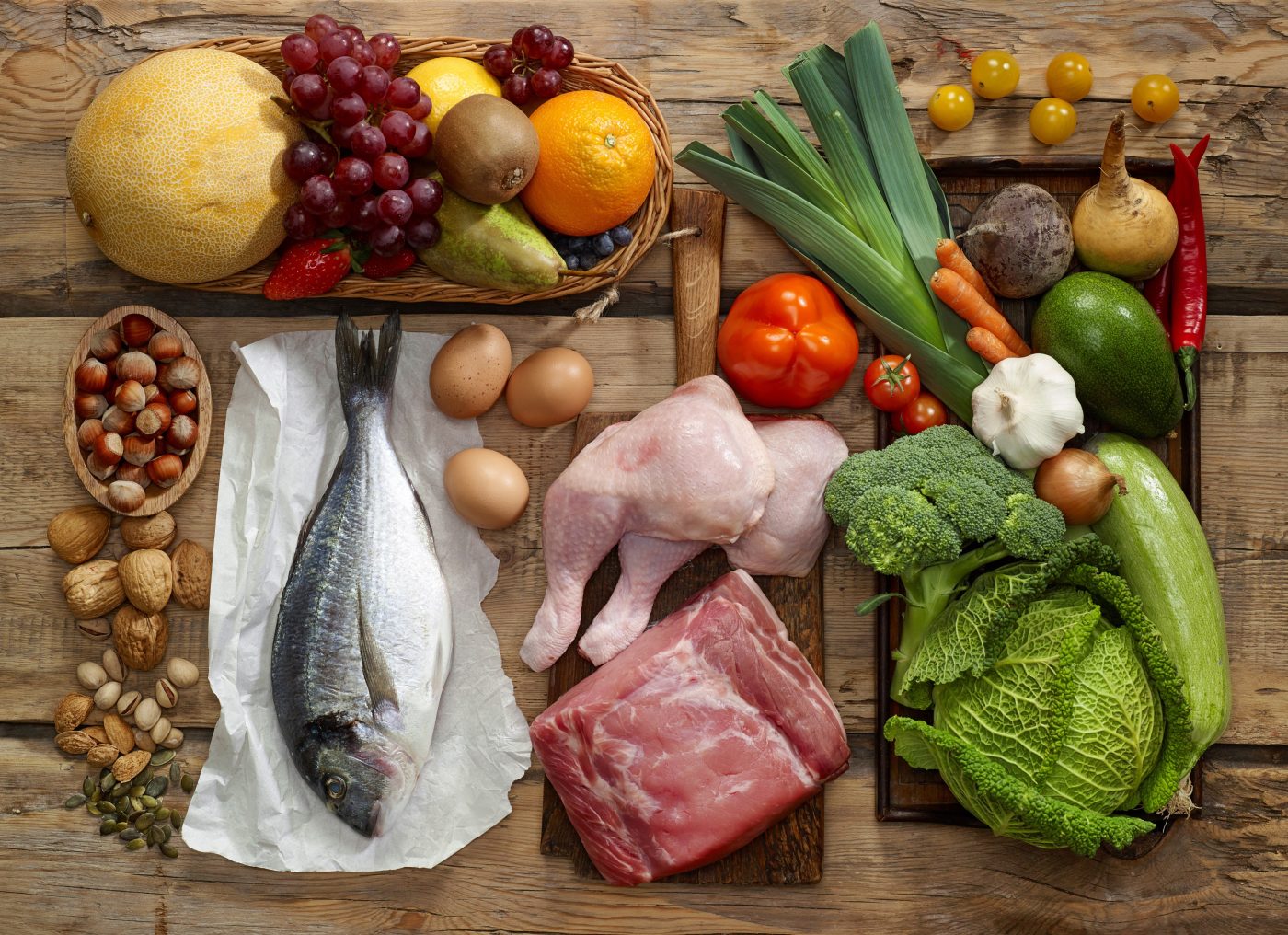Lupus May Be Less Active in People with Higher Beta-Carotene, Vitamin B6 Intake

Researchers investigating how diet affects disease activity in systemic lupus erythematosus (SLE) patients, determined via glucocorticoid (GC) treatment, found that dietary vitamin D does not protect against lupus activity while beta-carotene, fatty acid C18:2, and vitamin B6 might have a protective role. Alcohol was also negatively associated with GC treatment, indicating that moderate alcohol intake may be beneficial for lupus patients.
The study, “The association between diet and glucocorticoid treatment in patients with SLE,” was published in the online journal Lupus Science and Medicine.
Not much is known about the dietary habits of lupus patients, but a few studies have suggested that those with lupus consume too few fruits, vegetables, dietary fiber, vitamin B6, calcium and polyunsaturated fatty acids, (especially omega-3 fatty acids), and have a generally poorer nutritional status than the general population.
Even less is known about how nutritional status relates to lupus disease activity. The authors argued that GC treatment might mirror lupus disease activity through dose levels and dose changes over time, and used it as a proxy. The study aimed to explore if any relationships existed between the intake of specific nutrients and disease activity, estimated by GC treatment.
The team analyzed data from 111 patients acquired over a two-year period. The patients were asked to complete a Food Frequency Questionnaire, collecting data on 88 foods and beverages during the year preceding the study. The data was analyzed and transcribed to estimates of 49 nutrients.
The research team, led by Cecilia Lourdudoss at Karolinska Institutet, Sweden, categorized GC treatment status into four groups: ‘none,’ ‘discontinued,’ ‘started,’ and ‘continued.’ Dose changes over time were categorized into ‘decreased,’ ‘unchanged,’ and ‘increased.’ GC treatment and higher dose levels were considered to reflect more active SLE, and unchanged or increased doses were viewed as unfavorable outcomes.
Vitamin D was associated with GC use, results revealed. However, when the data was adjusted for intake of vitamin D and calcium supplements, the association did not hold. Alcohol was negatively correlated with GC treatment, suggesting a protecting effect. Beta-carotene, fatty acid C18:2, and vitamin B6 were all associated with a certain protection from unfavorable outcomes, whereas vitamin B12 and calcium increased the likelihood of unfavorable outcomes. Total energy intake was associated with higher dose levels of GCs, mirroring a well-known observation that GC treatment is associated with increased appetite.
The finding that vitamin D showed no protection against disease activity goes against numerous studies showing a link between vitamin D and lupus. The study, however, only measured dietary intake, and since GC treatment is known to reduce absorption of vitamin D, most of the patients under observation (74 percent) were using vitamin D supplements. A measurement of total vitamin D intake may have led to other results. The beneficial effect of moderate alcohol intake has been described in earlier studies in lupus patients.
While the findings give some insight into links between nutrients and lupus activity, the study has limitations. Food intake was self-reported, which might lead to under- and over-reporting. Also, it assumed that dietary patterns were constant throughout the study period, which might not hold true. More research is needed to shed light on a field that might offer lupus patients insights into optimal dietary choices to keep disease activity at a minimum.





